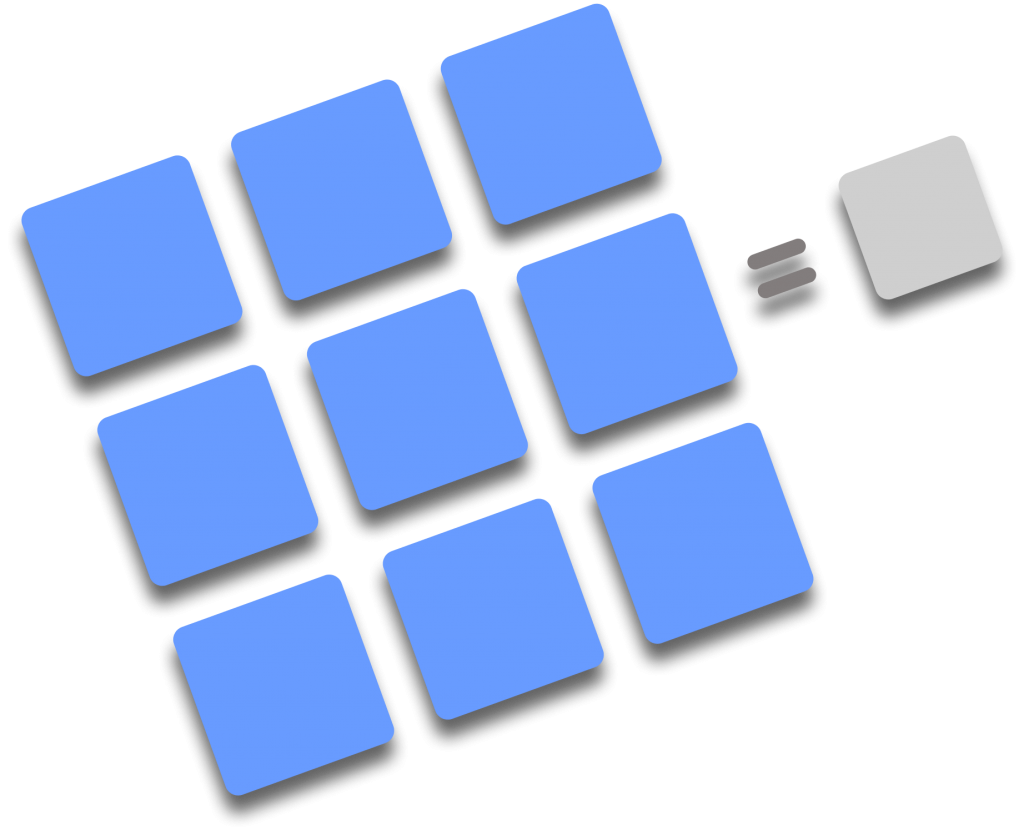Our Story
LSI/CSI was founded in 1969 by Attila Tetik and Alvin Kaplan

The two founders, Alvin Kaplan and Attila Tetik worked together at General Instrument Microelectronics, and in 1969 they were assigned to develop three full custom CPU circuits for CDC in Minneapolis, MN. These CPU ICs operated at 5 MHz (state of the art at the time) and were incorporated in CDC’s Aerospace Computer 469. The Aerospace Computer 469 became a standard CDC Aerospace Computer and was used in the Spy in the Sky Satellites in addition to other classified satellite programs by CDC. The full custom CPU IC’s all worked the very first time.
Because of the success that the two founders of LSI/CSI had on this program, and the reluctance of General Instrument to proceed with the next phase of the Program which General Instrument deemed to be too technically challenging, they were encouraged by CDC to spin off and form their own company. This resulted in the formation of LSI Computer Systems, Inc. (LSI/CSI) in 1969.
Based upon their successful track record, CDC then awarded LSI/CSI and their new and growing staff an additional five (5) more custom circuits. These were difficult and complex, power efficient Random Logic Circuits with extremely high circuit density. All of these new circuits also operated at 5 MHz. These devices were designated LSI0101, LSI0102, LSI0103, LSI0104, and LSI0105 and were assembled in compact 40 pin metal flat packs with 0.050″ spacing.
To support this program LSI Computer Systems had to:
- Select a suitable CDC certifiable wafer fab house
- Monitor the process, and inspection of all wafers per Class “S” requirements and visuals
- Perform all In-Process inspection of wafer
- Select a packaging house capable of meeting CDC’s Class “S” assembly requirements
- Have CDC certify and approve the assembly facility and its processes
- LSI successfully performed all required environmental testing at Class “S” approved facilities
- LSI prepared and submitted all environmental test reports
Once again each of these five (5) circuits worked the first time.
The new circuits were procured to Class “S” levels (now Class “K”) by LSI. These parts were developed, manufactured and shipped during a ten (10) month time interval. Approximately 80 to 100 units of each of these five Class “S” Level parts were delivered to CDC.
In the 1970’s CDC’s Aerospace Computer 469, thanks to the efforts of LSI/CSI, was a revolutionary technology. It weighed one pound, consumed a total of 10 Watts of power and ran at 5 MHz. It should also be noted that CDC ran a parallel program, developing a chip set of eight (8) similar parts that were to operate at 2.5 MHz with the identical environmental and Class “S” requirements. 2.5 MHz was the highest speed CDC could manage using their own technology and personnel. CDC had all sorts of difficulty with the processing, inspection and visuals when they attempted to fabricate these wafers and package the die.
Eventually CDC awarded another large contract to LSI/CSI to manage the processing, inspection, visuals, assembly and all testing of the ICs. These parts were given the designation LS13201, LS13202, LSI3203, LSI3204 and LSI3205.
Another successful space program completed by LSI/CSI was the upgrade to class “S” of a Standard Brushless DC Motor Commutator/Controller Chip, LSI P/N LS7262, that was flown in a satellite.
LSI/CSI is able to design and produce CMOS, Bi-polar, Mixed Signal Custom Integrated Circuits. LSI is a service oriented facility that can utilize our own fab facility or any suitable fab facility specified by our client. We are responsive and capable to concurrently design several custom devices. Our mind-set and goal is to bring high quality and low costs to several markets.
